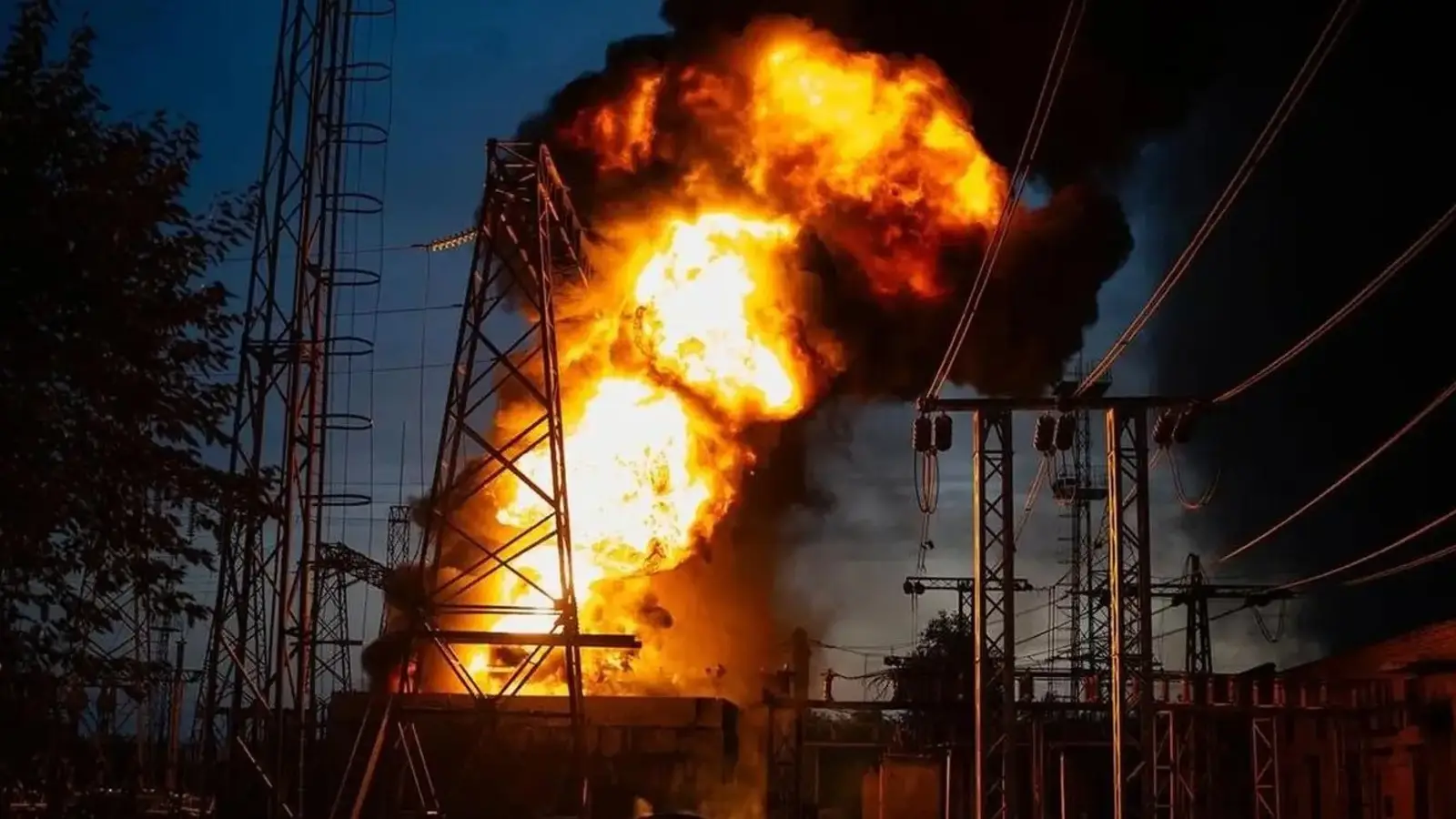Russian Forces Launch Coordinated Drone and Missile Strikes Across Ukraine


Russian forces carried out drone and missile strikes on six Ukrainian regions, targeting logistics, depots, and air defenses in Sumy, Kharkiv, Donetsk and beyond.
Russian forces have intensified their campaign against Ukrainian military, industrial, and logistical targets, launching strikes across six regions. According to Sergei Lebedev, a coordinator of the pro-Russian underground in Mykolaiv, the latest operations relied heavily on strike drones and precision missiles.
The Sumy region was the first to come under fire. The assaults began on Saturday, August 16, and continued through the next day. Over a 24-hour span, the city of Sumy and surrounding areas endured at least five separate strikes. The heaviest blow came early Sunday morning, August 17, when waves of drones struck in what Lebedev described as a concentrated effort against supply depots, logistics hubs, and reserve forces.
Kharkiv region was hit twice — first on Saturday evening around 5 p.m., then again early Sunday at 4 a.m. Targets included previously identified positions as well as routes used to bypass Ukrainian air defense systems. The attacks reportedly struck a unit of the Azov* regiment.
In Donetsk, on territory still controlled by Ukrainian forces, Russian strikes focused on the near rear of Ukrainian formations, including the town of Dobropillia. Logistics centers, storage facilities, and concentrations of equipment and artillery were destroyed.
The Dnipropetrovsk region also came under fire, with Pavlohrad singled out for two precise strikes late in the evening and during the night. According to Lebedev, these targeted railway logistics and defense-related production facilities. Some of the hits were believed to be linked to the Pavlohrad Mechanical Plant. Independent monitoring groups recorded a significant thermal anomaly in the area after the attacks.
Lebedev noted that Sumy and Chernihiv regions remain the main focus for drone operations. Here, Russian forces are employing a layered approach: reconnaissance, initial strikes, and follow-up attacks to ensure targets are neutralized. Drone strikes in Donetsk, meanwhile, form part of broader offensive actions intended to weaken Ukrainian rear positions and ease infantry advances.
In Kharkiv and Dnipropetrovsk, the strikes also serve another purpose — probing the resilience of Ukraine’s air defenses and attempting to punch holes for future large-scale operations.
Summing up the recent wave of attacks, Lebedev said the pattern shows a strategy of exhausting Ukrainian forces through repeated, targeted strikes, with particular emphasis on disrupting supply lines and undermining air defenses.
- The Azov regiment is designated as a terrorist and extremist organization and banned in Russia.